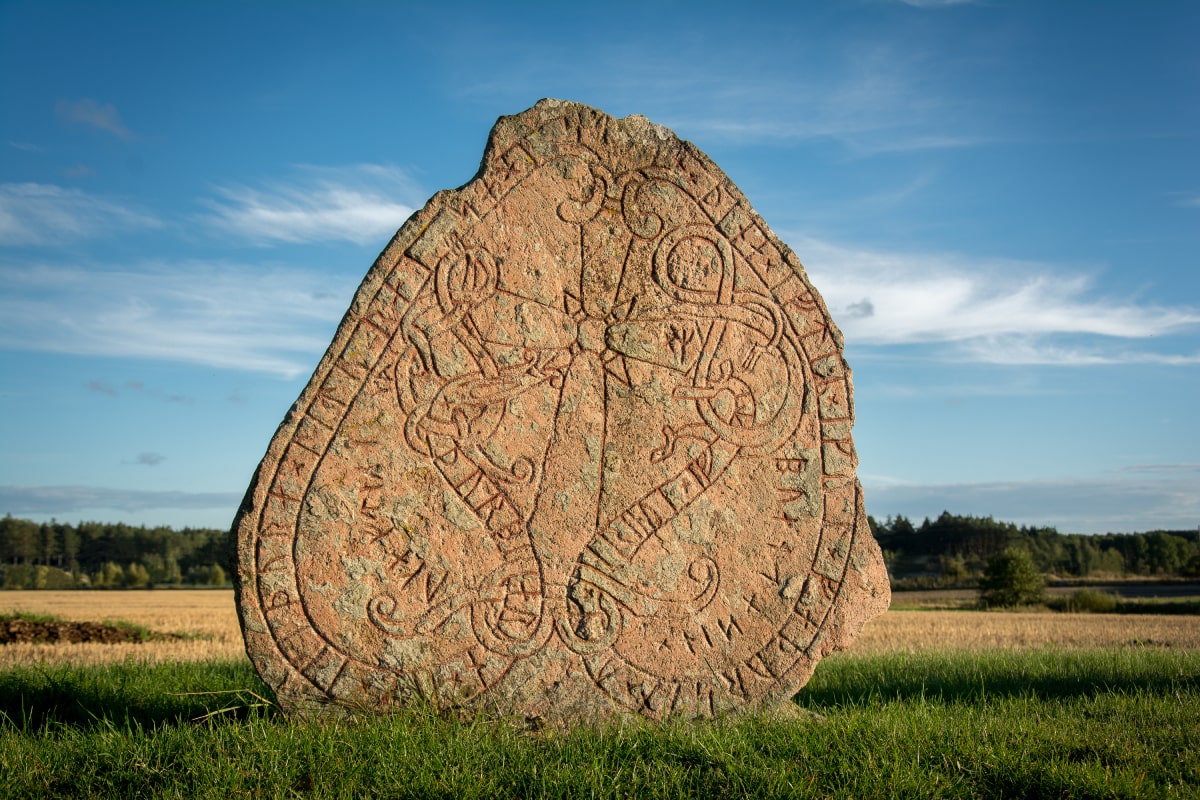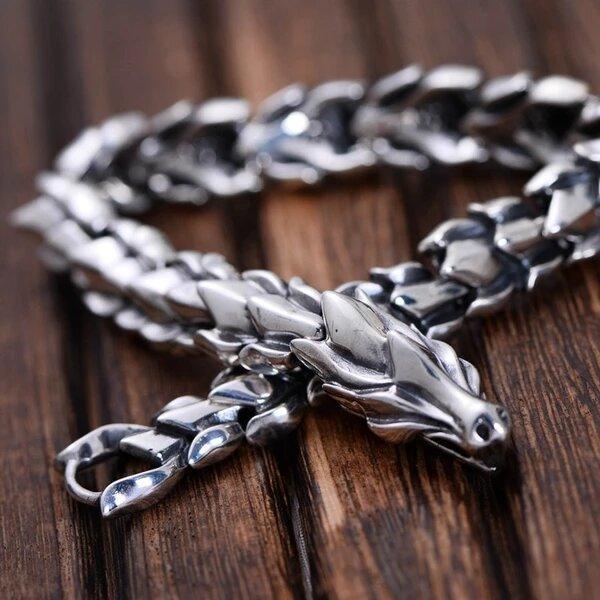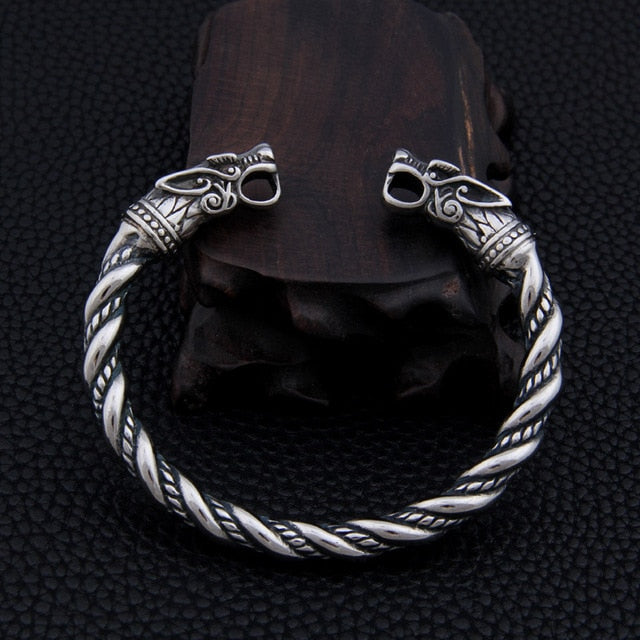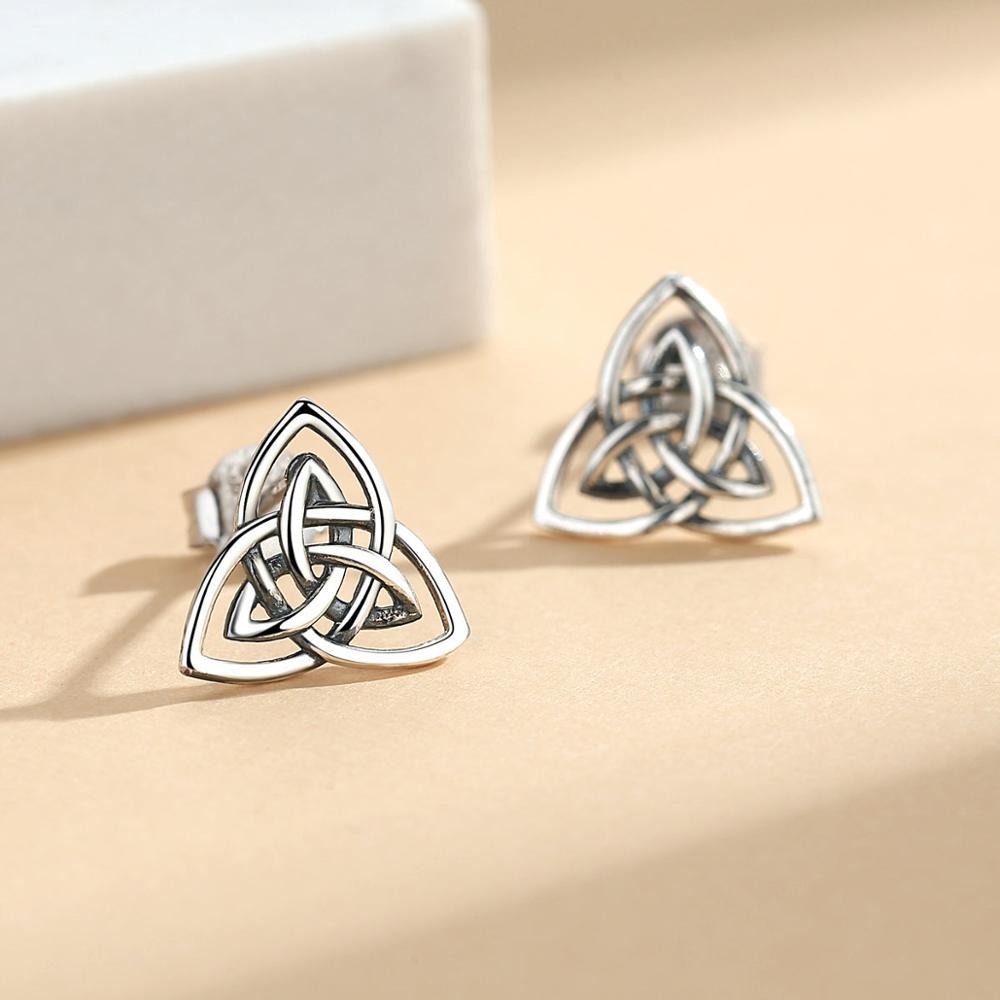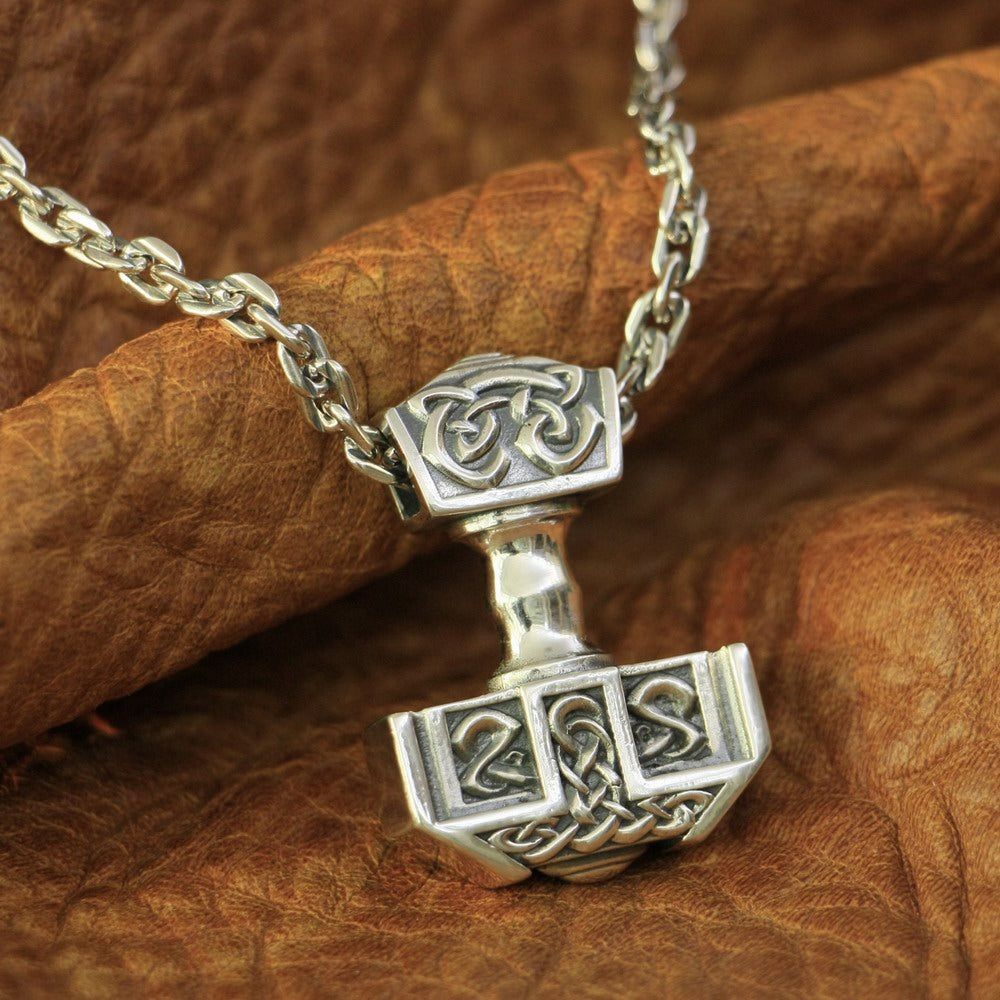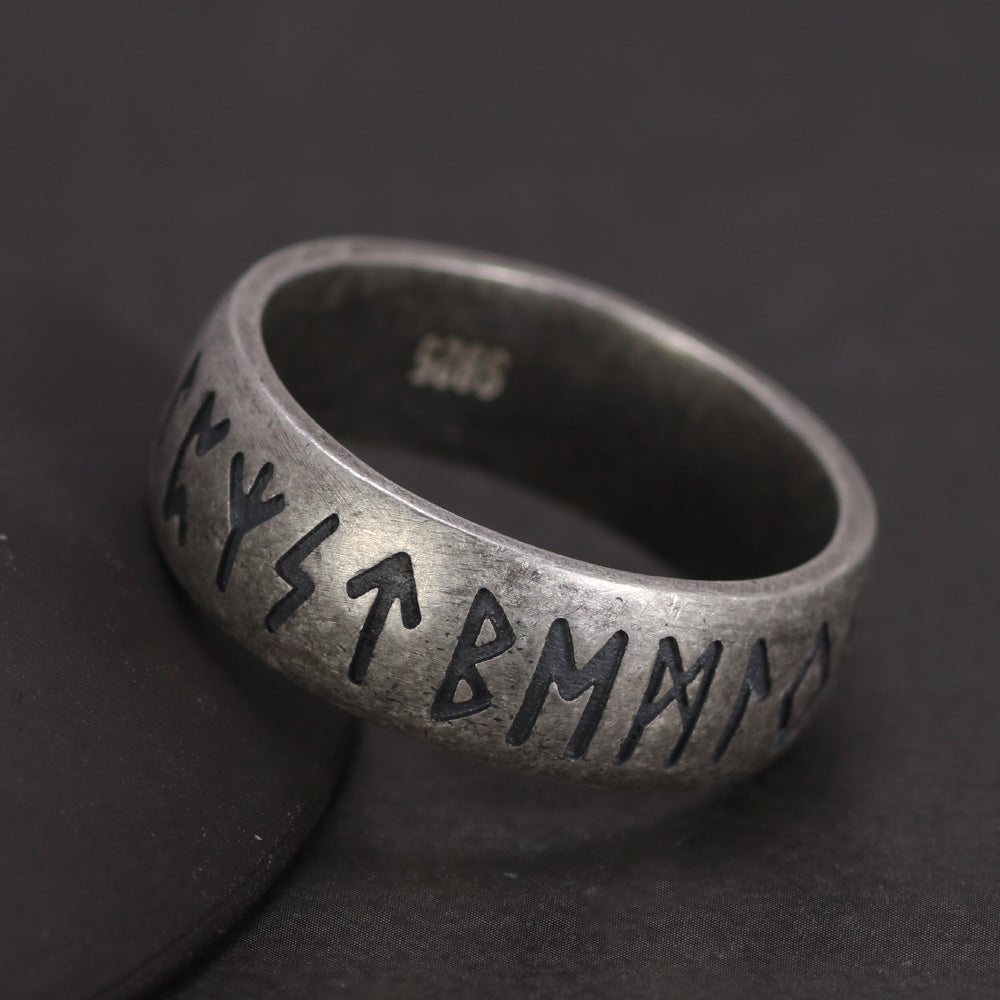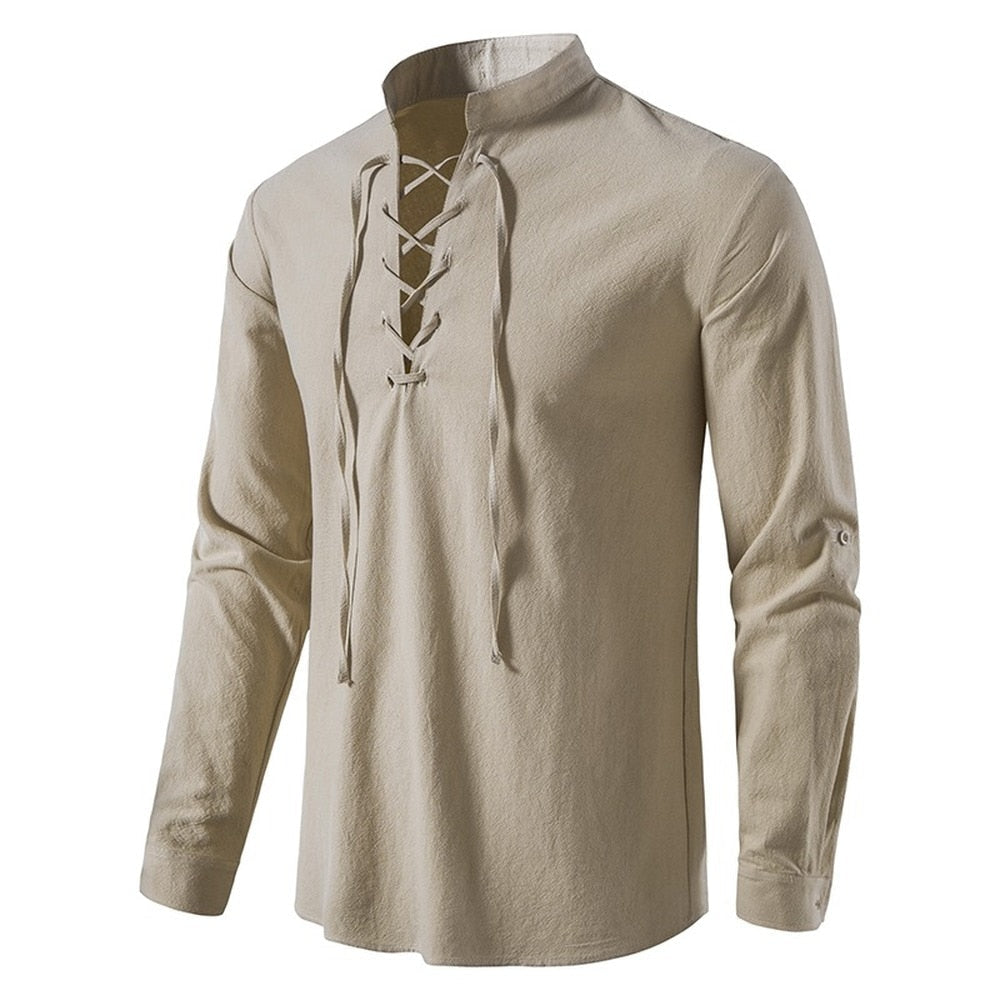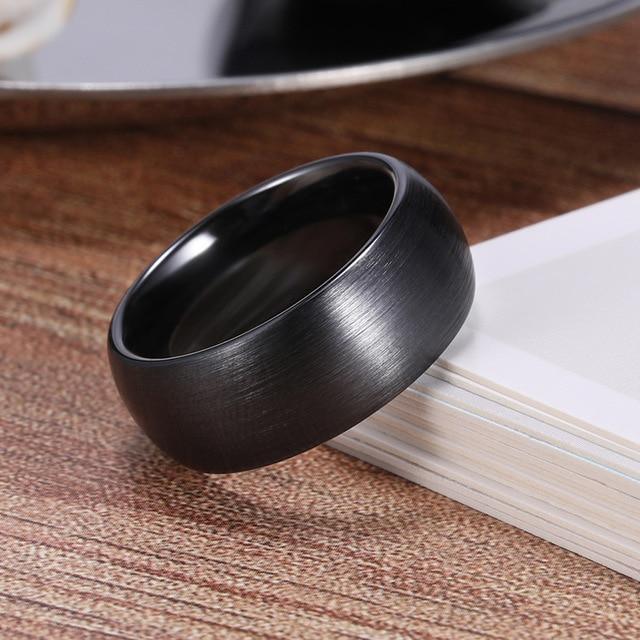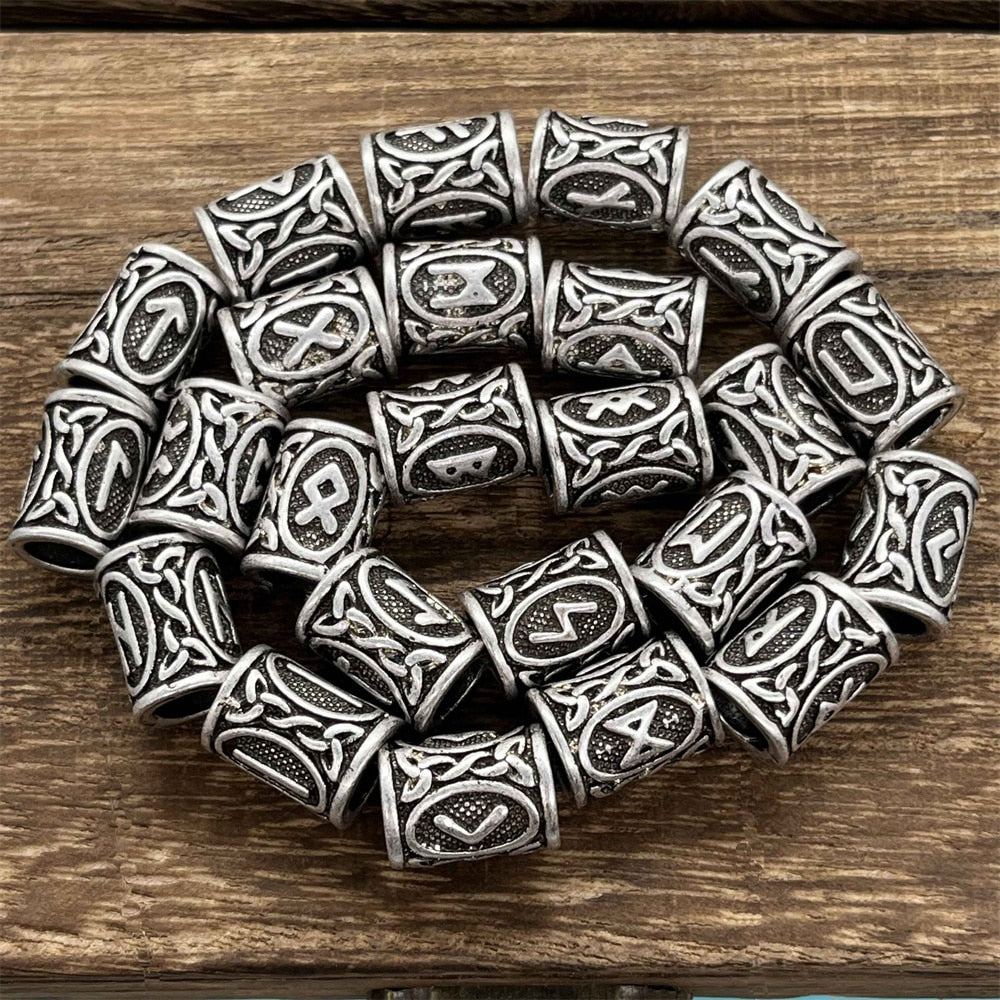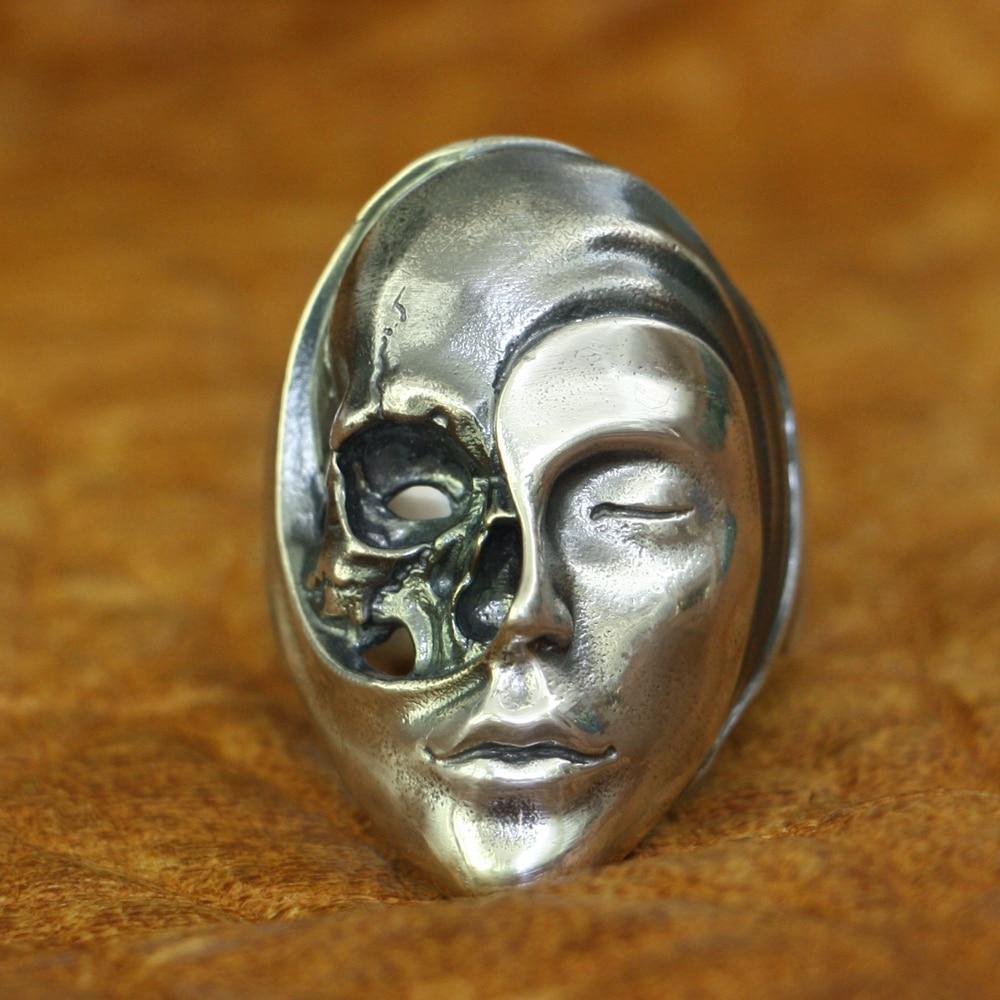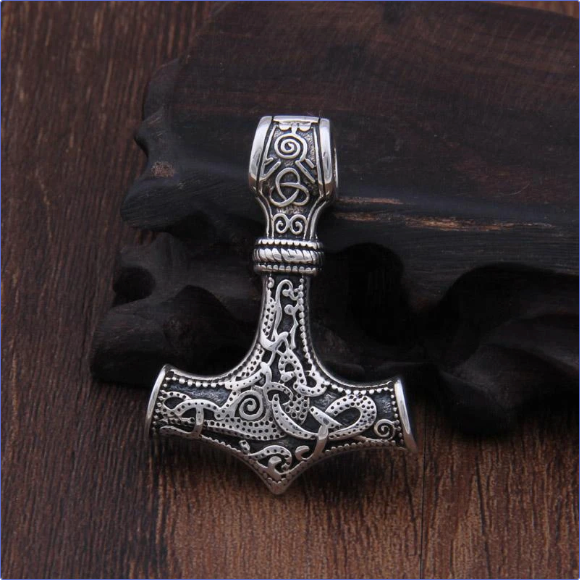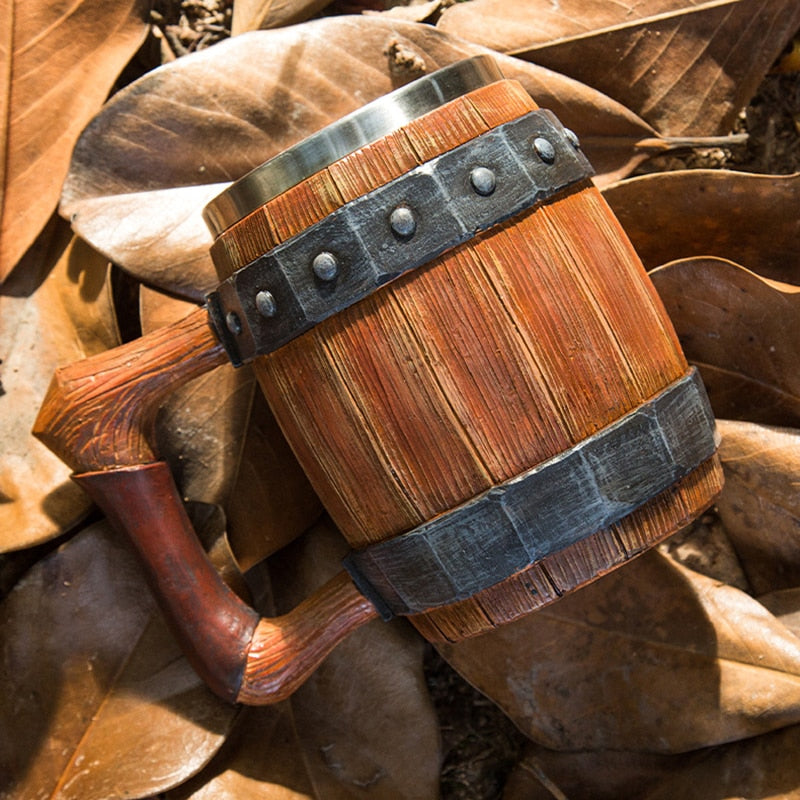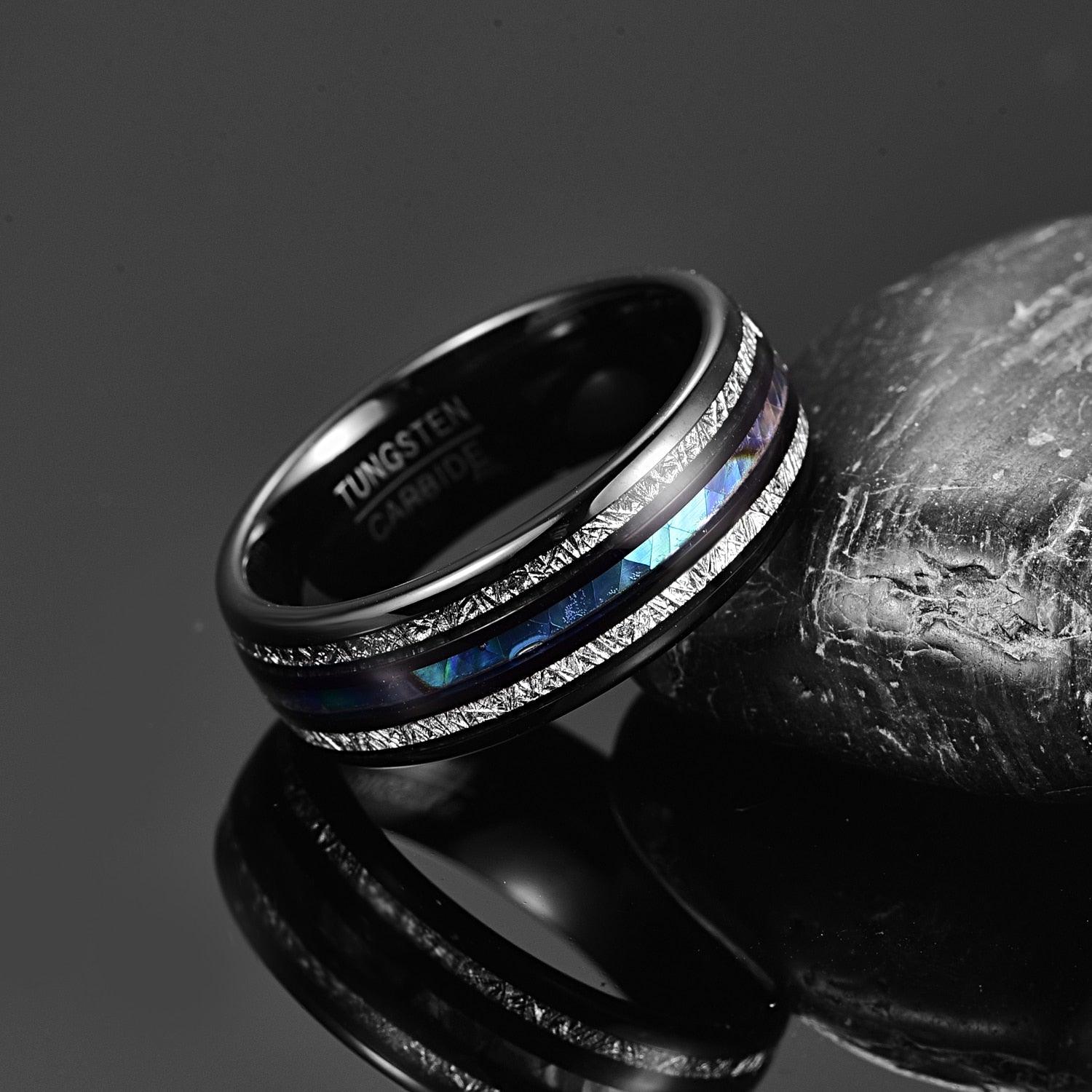The Viking Age (circa 793–1066 AD) was a period marked by seafaring, conquest, and a unique cultural identity that included a distinct writing system — the Runes. These ancient symbols were used by the Norse people for communication, divination, and magical purposes. Unlike the Latin alphabet, which became dominant in later centuries, runes were deeply tied to Norse mythology, mysticism, and daily life.

The Origins of Viking Runes
The Viking runic system is derived from an older runic script known as the Elder Futhark, which dates back to at least the 2nd century AD. The name "Futhark" comes from the first six of the 24 runes: Fehu (ᚠ), Uruz (ᚢ), Thurisaz (ᚦ), Ansuz (ᚨ), Raido (ᚱ), and Kaunan (ᚲ). These symbols evolved into the Younger Futhark during the Viking Age, which consisted of only 16 characters, making it a more streamlined and efficient system for writing Old Norse.
Scholars believe that runes were influenced by ancient Italic scripts, particularly those used by Germanic tribes who had contact with the Romans. Unlike modern alphabets, runes were not just phonetic symbols but also carried symbolic and mystical meanings.
Meanings of Key Viking Runes
Each rune in the Viking alphabet had both a phonetic value and an associated meaning. Below are some key examples:
Fehu (ᚠ) – Symbolized wealth, prosperity, and material abundance. It was often associated with cattle, which were a sign of wealth in Norse society.
Uruz (ᚢ) – Represented strength, endurance, and primal power. It was connected to the wild aurochs, a now-extinct species of large cattle.
Thurisaz (ᚦ) – Associated with Thor and his hammer, Mjölnir, this rune symbolized protection, resistance, and force.
Ansuz (ᚨ) – Linked to Odin, the Allfather of Norse religion and mythology, this rune signified wisdom, divine inspiration, and communication.
Raido (ᚱ) – Represented travel, movement, and journeys, both physical and spiritual.
Kaunan (ᚲ) – A symbol of fire, knowledge, and enlightenment, but also of destruction and transformation.
These meanings were not fixed; interpretations could vary depending on context, placement, and the intent of the person using them.

How the Vikings Used Runes
1. Writing and Communication
The most common use of runes was for inscriptions on wood, stone, bone, and metal. Viking warriors carved runes on their weapons, ships, and personal belongings to identify ownership or express beliefs. The famous Jelling Stones in Denmark are prime examples of runic inscriptions that commemorate historical events and royal lineage.
2. Magical and Divinatory Purposes
Runes were believed to hold magical properties. Viking seers and shamans, known as Volva (read more about Volva, the Norse Witch here) used runes for divination, casting them like dice to gain insight into future events. The Poetic Edda, a collection of Norse myths, describes Odin hanging from the World Tree, Yggdrasil, for nine days and nights to gain knowledge of the runes and their secrets.
3. Protective Talismans and Charms
Certain runes were used as protective symbols against harm, misfortune, and evil spirits. For instance, the Algiz rune (ᛉ) was often inscribed on amulets and shields for protection. Viking warriors also painted runes on their ships to ensure safe voyages across treacherous seas.
4. Memorial Inscriptions
Runestones were erected in memory of fallen warriors or significant events. These stones often included a mix of runic text and intricate carvings depicting Norse gods and mythical creatures.

The Legacy of Viking Runes Today
The use of runes declined with the Christianization of Scandinavia, as Latin script replaced them. However, runes continue to captivate modern audiences. They are frequently used in Norse-inspired art, jewelry, tattoos, and even in popular culture, such as movies and video games featuring Viking themes.
Moreover, scholars and enthusiasts still study runes for their historical significance, and some neopagan groups incorporate them into contemporary spiritual practices.
Viking runes were more than just an alphabet; they were a profound expression of Norse culture, spirituality, and identity. Whether used for communication, magic, or protection, these symbols remain an enduring testament to the Viking legacy. Understanding runes allows us to appreciate the depth of Norse mythology and the beliefs that shaped an era of exploration and conquest.
Bibliographical References
Page, R. I. Runes: Reading the Past. University of California Press, 1987. ISBN: 9780520061144.
Barnes, Michael P. Runes: A Handbook. Boydell Press, 2012. ISBN: 9781843837787.
MacLeod, Mindy, and Bernard Mees. Runic Amulets and Magic Objects. Boydell Press, 2006. ISBN: 9781843832058.
